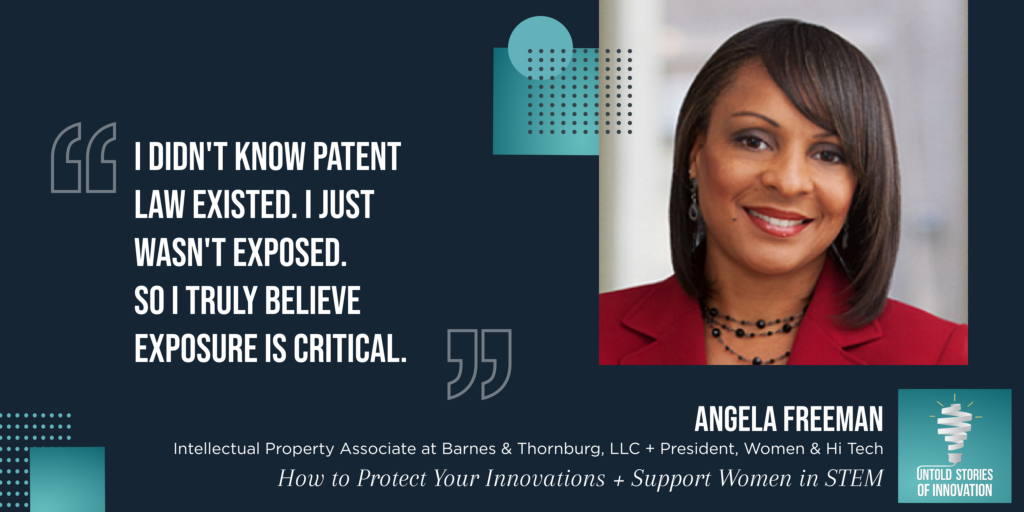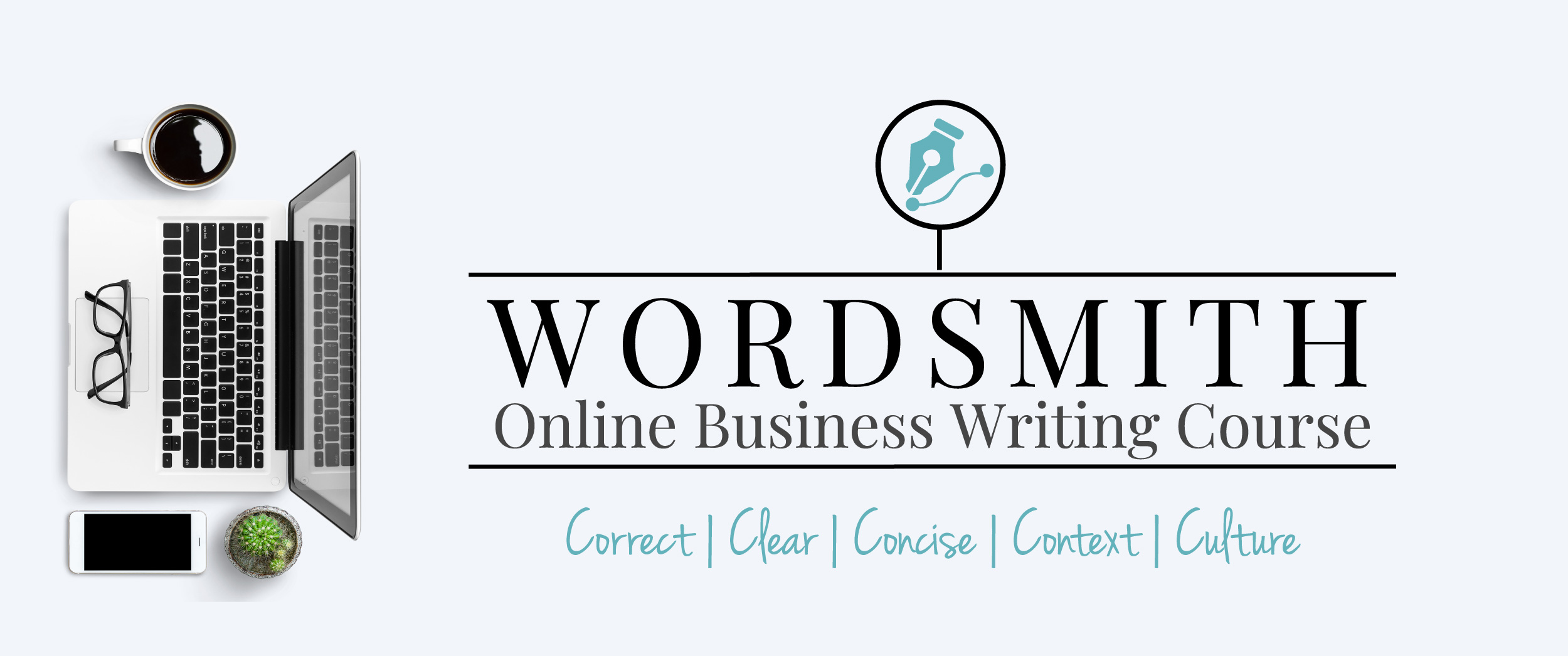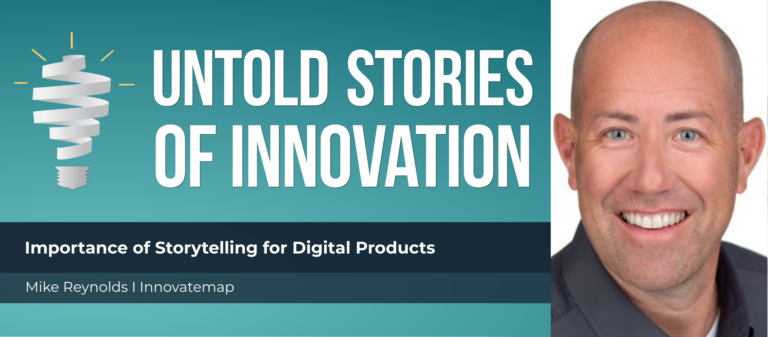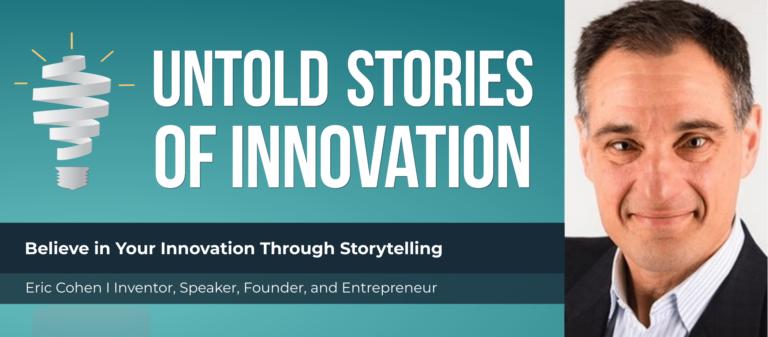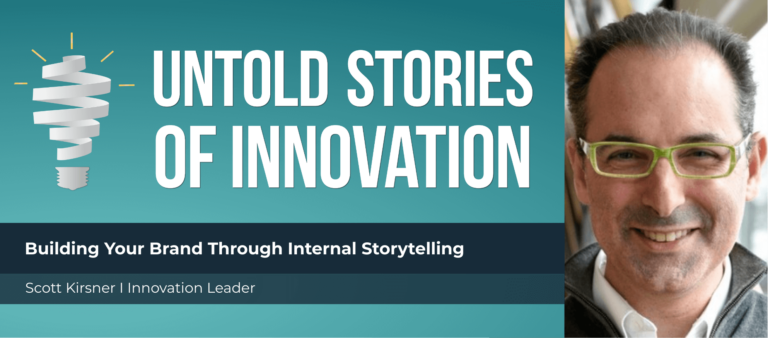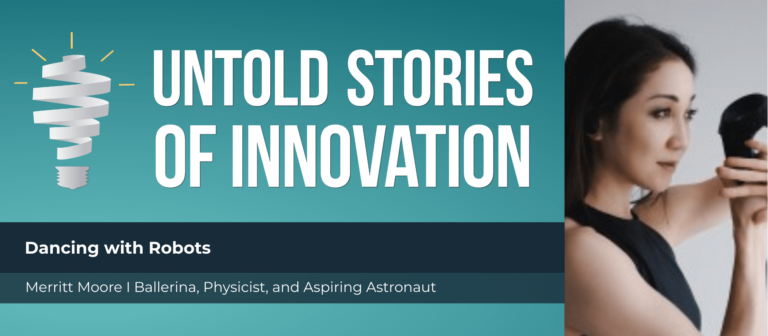How to Protect Your Innovation Ideas with Angela Freeman
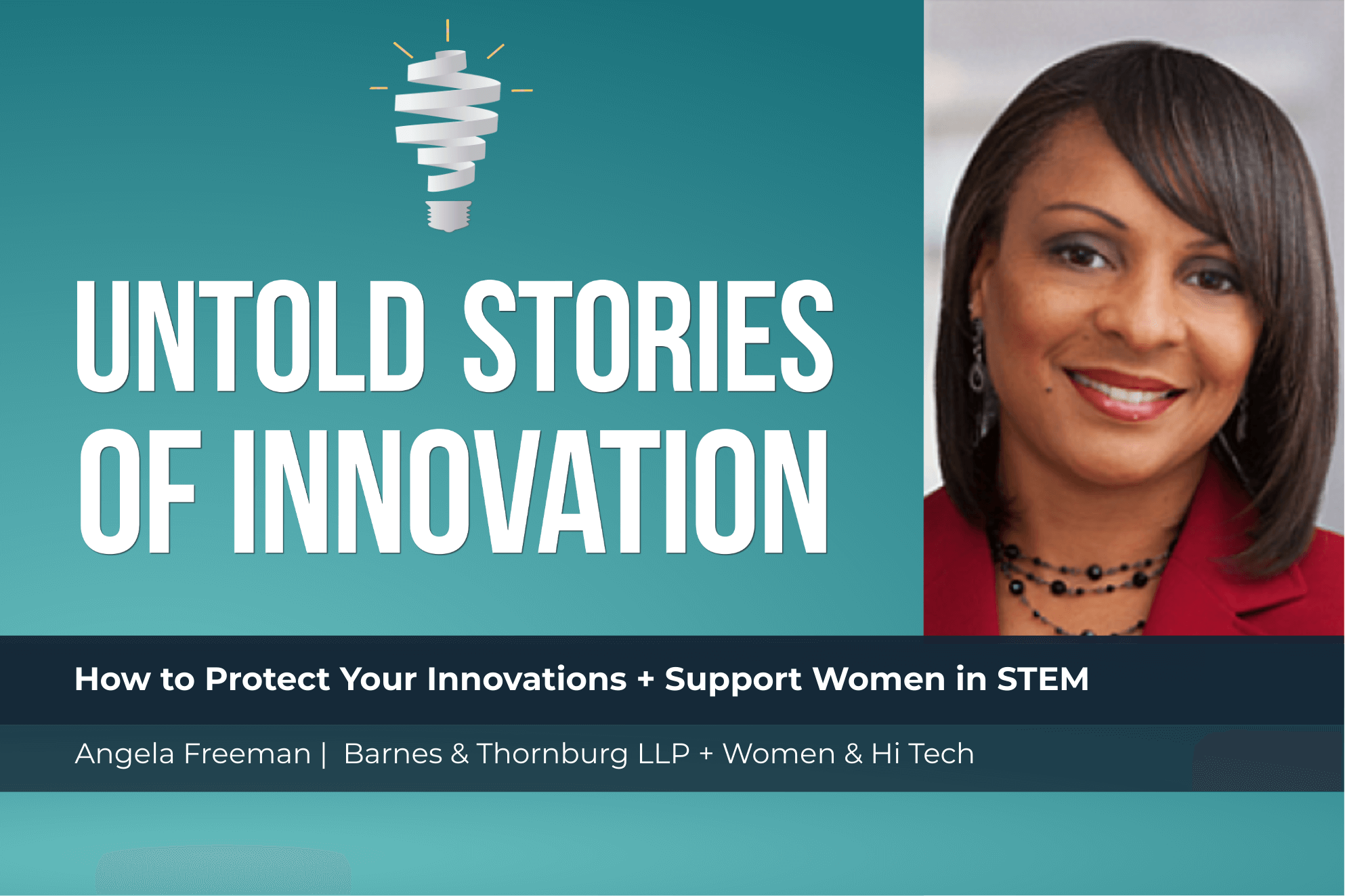
How to Protect Your Innovation Ideas - Untold Stories of Innovation
“I didn’t know patent law existed. I just wasn’t exposed. So, I truly believe exposure is critical.” —Angela Freeman is an intellectual property associate at Barnes & Thornburg, LLC and president of Women & Hi Tech
From today’s episode you’ll learn:
Why do stories matter to the innovation process? What values can be instilled in innovators who share stories? How do innovation leaders inspire creators to tell and share their success and failure stories?
Angela Freeman is an intellectual property associate at Barnes & Thornburg, LLC and president of Women & Hi Tech. Angela admits that she learned what a patent attorney was many years into her career as a molecular biologist at Eli Lilly. Her scientific background lends a hand as she helps inventors protect their inventions, determining if a patent is the right route for the organization. To Angela, knowledge is power. That’s why empowering young girls to get involved in STEM is her passion project. Inspired to make a real difference in the lives of young girls, she says, “You can’t be what you can’t see.”

Angela B. Freeman is an Intellectual Property Associate and Patent Attorney in the Indianapolis office of the law firm of Barnes & Thornburg LLP. Ms. Freeman is a member of the firm’s Intellectual Property Department and Life Sciences Practice Group where she first began her practice as a law clerk while attending Indiana University Robert H. McKinney School of Law. Ms. Freeman assists clients in intellectual property matters involving highly technical subject matter, particularly in the life sciences/biotech, agricultural, and pharmaceutical arts, and is admitted to practice in the state of Indiana, before the U.S. District Courts for the Northern and Southern Districts of Indiana, and the U.S. Patent and Trademark Office.
This episode, How to Protect Your Innovation Ideas is powered by Wordsmith: An Online Writing Course for Busy Professionals. Professionals spend 40% of their workdays WRITING. Wordsmith empowers you to write more efficiently for greater impact and influence. With real-world case stories drawn from Untold’s work with innovative organizations around the globe and 25 downloadable cheat sheets that you can take with you to increase your confidence with writing and storytelling. Learn more at untoldcontent.com/writing-training-for-busy-professionals.
Katie [00:00:04] Welcome to Untold Stories of Innovation, where we amplify untold stories of insight, impact and innovation. Powered by untold content. I’m your host, Katie Trauth Taylor. Our guest today is Angela Freeman. She’s an intellectual property associate at Barnes and Thornburg and she is president of Women & Hi Tech. Angela, thank you for being on the podcast.
Angela [00:00:30] Thank you for having me. I appreciate that.
Katie [00:00:33] Tell us what it means to be an intellectual property associate and the kinds of clients that you work with.
Angela [00:00:39] Sure. So I’m an intellectual property associate, as you mention. And there are several flavors of that. I am a patent attorney. You can also be a trademark attorney or copyright attorney. I appreciate being a patent attorney because it is the only area of law at all that requires that you have a science and technical background—some type of engineering, hard science. And I appreciate that. It is probably one of the most challenging areas of the law. It’s one that most attorneys will tell you they don’t like to do because it deals with math and science. You know, typically attorneys get away from math and science. That’s why they go into the practice of law. So we are the kind of rare creatures in the legal field that, you know, have—some people’ say— are able to use both sides of our brain. And I enjoy that. I enjoy being in what I think to be an elite class of legal scholars and practitioners. That’s exciting to me because it completely capitalizes on my background. So it’s been an interesting journey.
Katie [00:01:55] What scientific background do you hold?
Angela [00:01:59] So I am a molecular biologist by training. I received a B.A. in biology and chemistry, a master’s in molecular biology at the University of Louisville, and then went to Eli Lilly as my first big job and was a research scientist and clinical scientist there, studying genetics for over a decade, about twelve, 13 years. And that was awesome. I absolutely loved it. Loved everything about it. Loved being in the lab. Loved my colleagues. Had a—just a great career that took me around the world. I went to all kinds of different scientific conferences and, you know, showing my research and explaining. And it was awesome. But just got to a point in my career where I wanted a little something different. You know, getting a little older and looking at the future and realizing, you know, OK, this has been great, but I don’t know if this is what I want to do for the rest of my life. You know?
Katie [00:03:07] Yeah.
Angela [00:03:08] And started looking into, OK, what else? What else is there? What else do you do? And happened on to the field of patent law. I didn’t know anything about lawyers, didn’t have any lawyers in my family, weren’t really exposed to lawyers and certainly not African American lawyers and just didn’t have a clue that that kind of law or practice of law existed. And a female attorney at Lilly—she was one of the highest positions in the field said “Angela, if you ever wanna study law. You got to practice law. Go talk to the patent attorney.” And I’m like “What is that? That’s a thing? Like that’s a real thing?” So kind of chased that path and realized that there was this whole practice of law that kind of capitalized on the whole background I’d had as a molecular biologist and scientist. And I love it. You know, I loved every bit about being able to use that knowledge and experience to translate into a different profession and a different career.
Katie [00:04:19] Yeah, I bet that prepared you really well to see really both sides of the equation. So see it from—
Angela [00:04:27] That’s exactly right.
Katie [00:04:29] Yeah.
Angela [00:04:29] And that’s what it feels like. You know, I was in R&D, research and development, making this stuff and the new inventions. And now I’m on the opposite end of, kind of, the innovation pipeline, where I’m helping my clients protect those innovations that they’re making. And that’s my area of practice in life sciences, biotech, food, agriculture, you know, and then biotech pharma. So it’s exciting. It really is the application of my previous life and experience. People ask me, do you regret that you didn’t do it earlier? And I say, not at all. I don’t know that I’d be able to do this without all those years of experience and not just, you know, studying but actually being in the lab and seeing how innovation happens. You know, the pipeline and research and development, drug development, clinical trials, all those things—working on the instruments. I mean, I’ve worked on a couple patent applications where I’m like, I did that experiment. You know, I ran that machine. I know exactly what they’re talking about.
Katie [00:05:42] Yeah. It’s really—it’s beautiful that you’ve been able to meld those two paths together in such a powerful way. Can you share with us some of the products or methodologies that you’ve worked on patenting recently?
Angela [00:05:56] Well, it’s all based on the client, though, right? And my clientele. And my clients are diverse. And so they do develop everything from technologies to protect food, the freshness of fruit and food that we eat every day, to methods of treatment of various diseases or research diagnostic tools, equipment that we would use in the lab, different kinds of tools and technologies that you would use in research. So, it’s a little bit of everything. And it just depends on the client, whatever it is that they’re inventing that are somehow in that kind of biotech research space and then branching out into different types of more industrial technologies. So that’s one thing that’s really fun about it. It’s always something different, right? You never, kind of, know what’s coming down the pike and what you’re going to be working on day to day because it’s all different stuff. And that’s fun to me.
Katie [00:06:58] You know, intellectual property is so central to innovation and, you know, innovation teams. It doesn’t matter if you’re a startup or if you’re working in a large corporation, in an innovation team or in research and development, you’re always having to question whether the innovation is, you know, if it’s able to be patented, if it’s able to be protected or copyrighted, whether one should or not.
Angela [00:07:24] Right.
Katie [00:07:25] So take us through a little bit. Assume that some of our listeners know a lot about this process and assume that other listeners maybe don’t know as much about this process. So tell us, at the very core of it, how do you make a decision about whether something is able to be protected from an intellectual property standpoint?
Angela [00:07:45] Yes. So let me rephrase that question a bit, because it’s not our job to determine whether it can be protected. That’s the job of the patent office. But it’s our job to make sure that the client has the best opportunity to protect that invention, and I think the question really is, how is the best way to do that? Because if you have any kind of valuable asset that you are generating or producing, innovating—whether you’re a large company or small company or entity—if it’s worth any real economic value, it will be, you know, infringed upon, taken, stolen. So the question is, often, particularly for smaller companies, is the revenue that you plan to generate off that product worth the expense of getting it legally protected? And will the longevity of the product cycle justify the time that it typically takes to certainly patent a product?
Katie [00:09:10] How long is that?
Angela [00:09:12] Yeah. That’s often the conversation I have with my clients because it often is an education process. The reason why we do this is because it is a whole different section of the legal code that you have to know. Typically—again, now I’m in life sciences. Remember—biotech—for different technical fields, the patent cycle to actually get issue made patents may take a little shorter or longer, depending on what you’re in. You know, typically I tell clients about two to three years, two to five years maybe.
Katie [00:09:50] Yeah.
Angela [00:09:50] But it takes a good little time. I mean, it’s not something you just, oh, I have a great idea and think you’re going to have patented by, you know, next year. But when you do get that application on file, patent application, to seek protection, legal protection, federal protection, you are then able to put a patent pending stamp on your product that indicates to people, you know, that you are in the process of getting a patent. Not that you have a patent today, but you’re in that process. So that is the, you know, marketing notifications for people. And that typically has significant value and importance when you’re considering talking to investors. But you asked— you know, assume there are varying levels of information about this process. And there typically is. One of the biggest things I would implore to any of your listeners who are entrepreneurs looking to, you know, start a business on a product that they’re generating or making, you know, they’re taking it to market is please, please look and at least consider whether patenting is a process that you need to protect your product. Sometimes it’s better just to keep however you make it a secret. It’s called a trade secret. Right? You keep a secret. You protect it. Make sure only certain people have access to it. Certainly that’s less expensive. But the difference is when you patent something, you’re kind of trading off that time frame. Right. If you get a patent, it’s worth—it’s good for 20 years. You have, kind of, exclusive protection for 20 years. Whereas with a trade secret, you—it’s good as long as it’s secret. But if anybody figures it out, your protect (word unclear), period. So, you know, there are considerations that any entrepreneur, person who’s being innovative, inventing things, should consider about protection before the rush to go to market. Too many times I see young entrepreneurs especially just rush to market. Right. And there is a disclosure that occurs there that can prevent you from patenting it if it’s not done within a certain timeframe. So there are considerations, you know, to get in that process.
Katie [00:12:24] I’m really glad you brought that up because, you know, enterprise innovation teams and large corporations running research and development operations, this is—these are well-known processes. They’ve been patenting new innovations for decades typically. And for startups, this is such a different—for many startup founders, this is a new area for them to understand. And I’m thinking especially of that tension that you already brought up, which is between the need for intellectual property protection, but also the need for investors to be able to get behind and get a return ideally within, what, seven years or so. And so if the process of even getting something patent takes three to five years, but you really only have, you know, five to 10 years to build the company and make an exit to return the investor dollars. Can you share a little bit of your perspective on how startups balance that equation?
Angela [00:13:24] Yeah, that’s a challenge. I mean, it’s challenging. I give my hats off to all the young entrepreneurs. Young and old. I keep saying young because I’m dealing with a lot of, you know, young entrepreneurs who are just going after it. And it is so impressive. But it’s challenging. It’s challenging to, you know—particularly pursuing a patent is not inexpensive. So it’s time consuming, it’s expensive and is not scheduled. It’s not on any kind of routine schedule, where a young entrepreneur or young business can even budget for. I’ve had clients ask me, give me a budget. You know, tell me how much I need to plan for, for this year and next year. And I do that. But it could be right or it could be absolutely wrong. Just depending on the patent office and those kind of things. So it is challenging for entrepreneurs. But again—and that’s a real consideration is whether you spend the money. And again, I say it’s expensive, but it’s all over the course of those two to five years. Right. It’s not all at once or any bulk. But again, I appreciate that for, you know, a young business that’s trying to get its grips or, you know, even seek investor dollars. It can be challenging to, kind of, predict what those expenses look like and what considerations. But it is possible. And I think my best advice would be to seek some counsel early. You know, I mean, at least go talk to someone, legal counsel, about whether, you know, that’s necessary. Sometimes it’s not. Sometimes the best protection, like I said, is just keeping it secret, particularly—and not all the time, so this is not. Ain’t none of this is legal advice. But it’s certainly worth considering that, you know, for software when things change so fast. Right. You know, you’re already onto the next iteration, the next validation, whatever it is— that sometimes it’s better to just keep it to yourself and do it and make those iterations. But it’s worth seeking counsel? You know, what does concern me and I’m seeing as trends is all these entrepreneurs that are jumping into business without necessarily having, you know, good legal counsel, which you need for things like this. You know, just to—do I need to worry about, you know, trademark? Do I need to get a trademark? You know, is it worth getting a trademark? And some of the balances, I mean, of the good and the bad. The pros and cons. There are plenty of clients who I say, go file the paperwork to start. Like you can do that. You know, I’ve had clients—they’ve gotten their own trademark. Like, it just depends on everyone’s needs. But having a good attorney you can trust, particularly in business, small business. You mentioned these companies and you’re absolutely right. These large companies, they’ve been doing this for years. They know the players. They know the industry. But when you’re a startup, how do you jump into that? You’ve got this great idea but how do you know? And oftentimes it’s as easy as trying to at least get some type of search on your product. It’s not always the right answer just to run and get—go file a patent application. Sometimes it’s better to just see what’s out there and see if you would even be able to get a patent before you spend the time and money trying to pursue it. Maybe somebody in Europe or, you know, in Texas has already invented that. You just don’t know. So once again, all considerations. Right. I mean, and that’s kind of what it is. What works for you and your business? What makes you comfortable? That’s how you proceed.
Katie [00:17:34] Yes. And it seems it’s very dependent by industry too, certainly, and by business size. So let’s shift gears a little bit. Thank you so much, because I know that that’s really important. Those are all really important considerations for the innovation community. And let’s shift gears a little bit. I want to know more about your—you’re president of Women & Hi Tech. So.
Angela [00:17:57] Oh, my goodness.
Katie [00:17:58] So, tell me more about this organization.
Angela [00:18:01] Oh, my goodness. So this is what I’m calling—and I think I just coined this right this moment but—my passion project. Like Women & Hi Tech is truly an organization. I don’t know that I’ve ever felt more passionate about anything. It’s an organization that was founded 20 years ago in Indianapolis by a female scientist and a female—a female scientist at Lilly. So Ruth at Lilly—and a female academic at IU. And again, 20 years ago, just around the focus of women in STEM and women in science. At the time, it was—the terms then hadn’t been coined yet. Right. So it was Women & Hi Tech and they define what those industries are, but they now are what we consider STEM: ]science, technology, engineering and math. And just really began as a support organization around women and, you know, realizing that there are so few women, right, in these areas. And how do we promote more and make sure there are more of us? And it literally, over the course of the last 20 years, has become, you know, the same organization but much bigger. I mean, I’ve been involved for six years now and the amount the organization and the activities and the programs and the outreach that we are doing just now for when I started it, it’s just amazing. I mean, we focus on women in STEM from K-through-12, collegiate, and professional. We have STEM days. That’s an event that we’ve been doing for like the last eight years. It’s basically a STEM day for the public to come out and just see various facets of them and get them exposed and inspired about what the cool way STEM can manifest itself in our lives. So we do that. We give college scholarships out to collegiate women. Last year was our 20th anniversary, so we had a 20th anniversary event. We planned to give out twenty thousand dollars’ worth of scholarships, and we gave out thirty thousand. It was awesome. 17 young women from many universities, different girls around the whole state. It was just awesome. So this year is our leading light awards, which is coming October 1st. We’re going to do the same thing. It’s the 20th anniversary of our first leading light award, which happened in 2000. So we’re going to give another twenty thousand dollars of scholarships away. We’re super excited. And it’s just a fantastic organization that just does good stuff to not just promote girls and women, but now we have a particular focus on diversity and equity and inclusion of all girls and all women and just make them have the opportunities to be exposed to STEM, to know that they can excel and advance in STEM, that you can be independent and just build that confidence in young girls so that the next generation of women in science, technology, engineering and math, you know, don’t face some of the same obstacles that me and my generation have. That’s all you can do, right, is try to instill and invest in the next generation. So that’s what Women & Hi Tech is all about. I’ve been blessed to be the president this year. And it’s just been amazing. I mean, I just remain, you know, just in awe at passionate my board is, my colleagues. We’re an all-volunteer working board of directors. And I had a partner a few years ago who was also the president of Women & Hi Tech. She’s who got me involved. And she used to say that we’re an all-volunteer working broad. And I never understood what that meant until I got involved. And I’m like, oh, yeah, you know, like work.
Katie [00:22:11] Yes.
Angela [00:22:11] We work. We don’t have staff. But man, I mean, we are fueled by passion and we put on great events. You know, we leave inspired and proud of what we did and who it affected. You know, we’re just gaining more and more influence in the city. We just left a fundraiser for an all girls STEM school in Indianapolis. One of the first in the state for sure, and maybe even the country. And, you know, we’re super excited. We’re excited to be involved with that initiative, along with the Girl Scouts of Central Indiana. And Every Girl Can STEM. So, you know, it’s just like the real momentum around women in STEM. And, you know, International Women’s Day and, you know, just all these things that are kind of really culminating. And diversity, equity, and inclusion. That has all kind of been culminated into our mission. It’s just a good time for the organization right now. We’re celebrating a couple of awards and some of our board members are being recognized for their expertise in leadership in the community. And we’re doing good work, you know, affecting real change, real people. And I’m excited to be involved with this.
Katie [00:23:33] I love the mission of the organization. And it’s clear from looking at some of your social media work that storytelling and story sharing plays a big role in how you interact and how you empower and encourage, especially, young women to go into STEM fields and for established career women to be able to think of themselves as mentors and continue to find mentors as they continue to grow in their professional lives. It’s such important work.
Angela [00:24:01] Yeah, it’s important. And, you know, it’s empowering. You see, you know, in some of these STEM days and these girls, you know—we have an event called Ignite Your Superpower with Indy Women in Tech and Conner Prairie. And it’s specifically for diverse girls in some of our schools who, you know, may otherwise not have the opportunity to be exposed to them in a way that may truly encourage them or excite them or intrigue them. And it’s awesome. I mean, it is just an excellent day, an awesome opportunity. 800 young girls that some of them truly have the opportunity that they wouldn’t have otherwise had. It’s typically held on a college campus. So they get exposed to campus life and what that looks like. We get to talk to students who let them know that you can come to school, too. And, you know, all those things. It’s just a good opportunity to continue to build the future. These are going to be the young girls who, you know, are the next generation. So it’s exciting to invest in them and provide role models, because, again, I told you, I didn’t know patent law existed. I just wasn’t exposed. So I truly believe exposure is critical. You can’t be what you can’t see. You know, it’s hard to imagine what may— what things look like if you’re just not exposed to them. So we try to do that on a regular basis.
Katie [00:25:34] If you’re also inspired by this conversation, you can definitely check out on all social media channels, Women & Hi Tech. That’s H I T E C H. And you can follow Angela Freeman on LinkedIn, as well as Barnes and Thornburg, which is @BTLawNews on Twitter and on other social media accounts. And Angela, I’m so grateful for the conversation. Thank you so much for being on the podcast.
Angela [00:25:59] Oh, thank you so much for having me. It’s been great talking with you. I hope there was some value in this, but I certainly appreciate you giving me an opportunity of seeing. It’s been great speaking with you.
Katie [00:26:09] Thank you. Thanks for listening to this week’s episode. Be sure to follow us on social media and add your voice to the conversation. You can find us at Untold Content.
You can listen to more episodes of Untold Stories of Innovation Podcast.
*Interviews are not endorsements of individuals or businesses.
